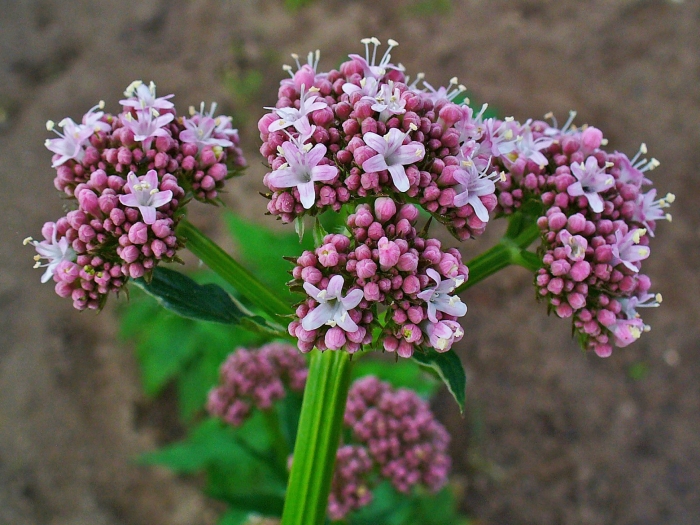Garden Heliotrope
(Valeriana officinalis)
Garden Heliotrope (Valeriana officinalis)
/
/

H. Zell
CC BY-SA 3.0





















































Estimated Native Range
Summary
Garden Heliotrope is valued for its ornamental qualities and its use in traditional medicine. The root extract is known for its sedative and anxiolytic effects and has been utilized since ancient times. Additionally, the root acts as a cat attractant, similar to catnip, making it interesting for pet owners. In gardens, it is often used in borders, cottage gardens, and as a naturalized planting. It prefers full sun to partial shade and requires medium amounts of water with well-drained soil. While it is generally easy to maintain, it can self-seed prolifically, which may be considered invasive in some regions. Care should be taken to manage its spread to prevent it from becoming a nuisance.CC BY-SA 4.0
Plant Description
- Plant Type: Herb
- Height: 3-5 feet
- Width: 2-4 feet
- Growth Rate: Moderate
- Flower Color: Pink, White
- Flowering Season: Summer
- Leaf Retention: Deciduous
Growth Requirements
- Sun: Full Sun, Part Shade
- Water: Medium
- Drainage: Medium
Common Uses
Bee Garden, Border Plant, Butterfly Garden, Deer Resistant, Edible*Disclaimer: Easyscape's listed plant edibility is for informational use. Always verify the safety and proper identification of any plant before consumption., Fragrant, Groundcover, Salt Tolerant, Showy Flowers
Natural Habitat
Damp grasslands, riverbanks, and forest clearings
Other Names
Common Names: Common Valerian, Garden Valerian, Garden-Heliotrope, Valerian, All-Heal, Læge-Baldrian, Echter Baldrian, Echter Arznei-Baldrian, Rohtovirmajuuri, Valériane Officinale
Scientific Names: , Valeriana officinalis, Valeriana sylvestris, Valeriana fauriei, Valeriana exaltata, Valeriana officinalis var. simplicifolia, Valeriana coreana, Valeriana tianschanica, Valeriana angustifolia, Valeriana pseudofficinalis
GBIF Accepted Name: Valeriana officinalis L.